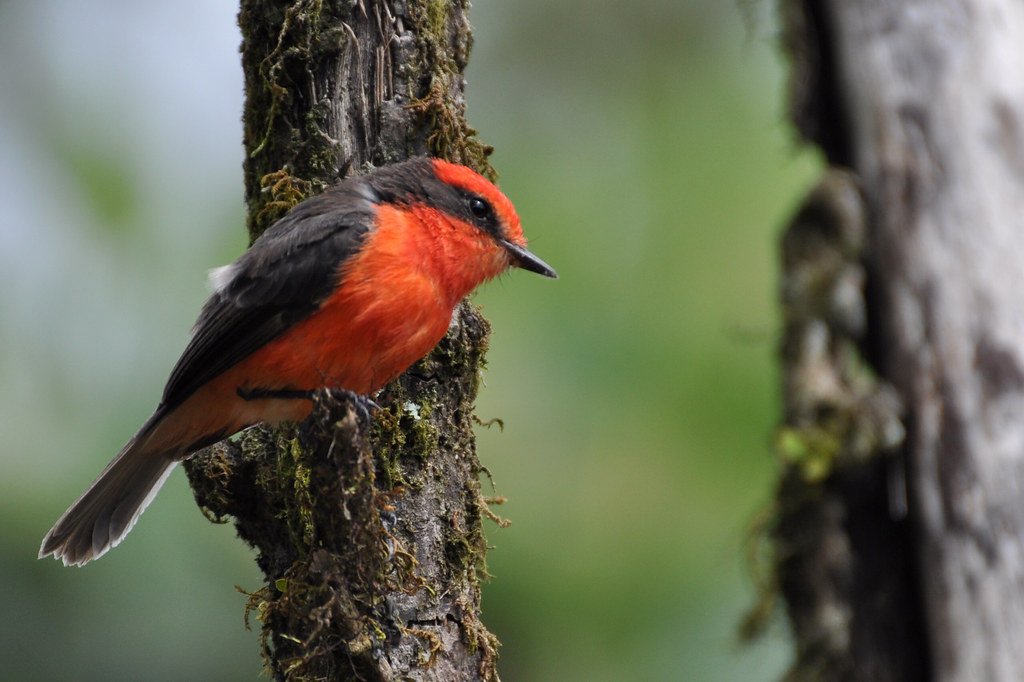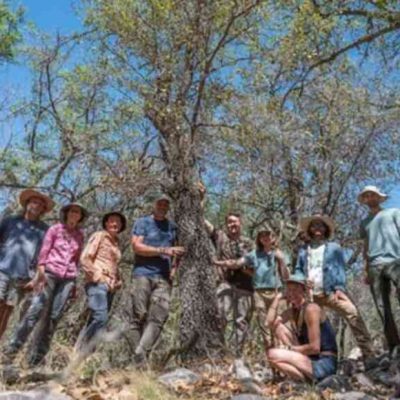Migratory Birds in North America Need More Protection During Their Stopovers
Migratory birds in North America are in trouble. Their populations are declining rapidly, and we don’t know enough about the areas they use as stopover sites during migration. But a new study has shed light on this critical part of their journey.
Researchers used five years of weather surveillance radar data to map the seasonal stopover densities of landbirds across the eastern United States during spring and autumn migration. They found that migratory birds concentrate in certain areas, or “hotspots,” during their stopovers. These hotspots cover 2.47 million hectares and are crucial for the survival of these birds.
However, only 16.7% of these hotspots are used in both seasons, and the distribution of hotspots is shifted eastward in autumn compared to spring. Deciduous forests are the most important habitat type in both seasons, with forest fragments embedded in deforested regions having the highest probability of being hotspots.
The concentration of birds in these forest fragments is stronger in spring, especially in the agricultural Midwest. Protected areas have generally higher stopover densities than unprotected areas in both seasons. However, only one-third of identified stopover hotspots have some sort of protected status, and more than half of these protected hotspots are subject to extractive uses.
This study highlights the importance of protecting stopover sites for migratory birds. A well-distributed network of well-protected stopover areas, complementing conservation efforts on the breeding and wintering grounds, is essential to sustaining healthy populations of migratory landbirds in North America.
So, what can we do to help? We can support conservation efforts that protect these critical stopover sites. We can also advocate for policies that prioritize the protection of migratory birds and their habitats. By working together, we can ensure that these amazing birds continue to grace our skies for generations to come.










